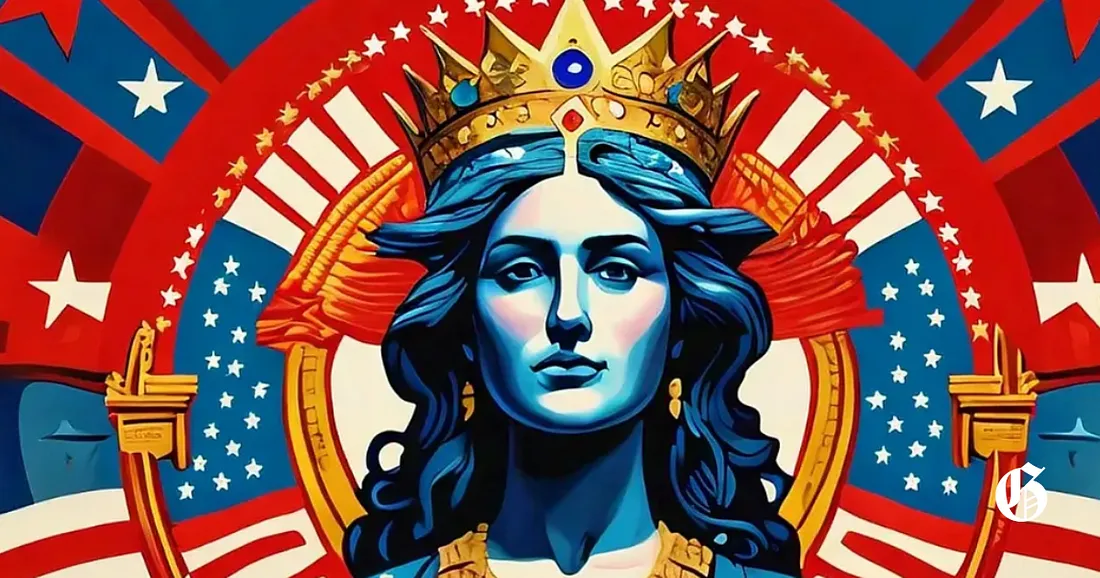NASHVILLE, Tenn. — During the pandemic, Reverend Kira Austin-Young and her husband, Michael Schupbach, a puppet-maker, found a creative outlet in designing a unique Christmas tree topper. They chose to craft a biblically accurate angel, departing from the usual stars or humanoid angel figures. Their creation, a colorful being with six wings and numerous eyes, gained attention online, resonating with many for its bold deviation from traditional Western portrayals of angels.
Biblical texts, including the prophetic books and the Book of Revelation, describe angels and celestial beings in highly abstract and often surreal terms. Some are depicted with multiple wings, numerous eyes, or even combinations of human and animal features. These descriptions contrast sharply with the common artistic renditions of angels as serene, winged humans often depicted in soft, luminous imagery.
Approximately 70% of U.S. adults believe in angels, according to a survey by the Associated Press-NORC Center for Public Affairs Research. However, interpretations of their appearance and nature vary widely. Social media platforms have become a hub for creative depictions of “biblically accurate angels.” These range from art and tattoos to DIY projects like Christmas decorations, reflecting a renewed interest in exploring the less conventional aspects of religious texts.
Professor Esther Hamori of Union Theological Seminary notes that biblical narratives often feature a diverse array of supernatural entities, including seraphim and cherubim. While these beings may differ from angels in theological terms, the recent trend of incorporating their traits into popular culture highlights a broader fascination with the extraordinary imagery found in scripture.
Austin-Young appreciates the creative freedom this trend encourages, especially in rethinking iconic biblical moments like the Annunciation, where the angel Gabriel appears to Mary. For instance, Henry Ossawa Tanner’s depiction of Gabriel as an ethereal shaft of light invites viewers to imagine the divine encounter in a fresh light.
This modern reinterpretation of angelic imagery demonstrates how faith and creativity can intersect, offering a deeper, more personal engagement with religious traditions. By integrating elements from scripture into contemporary life, individuals continue to find meaningful ways to celebrate their faith during the holiday season.





















